Corydoras are a freshwater fish species mostly known as peaceful and charming scavengers.
They belong to Corydoradinae subfamily, which is part of a large Callichthyidae family.
Let’s take a look at their place as a genus within scientific classification.
| Kingdom | Animalia |
| Phylum | Chordata |
| Class | Actinopterygii |
| Order | Siluriformes |
| Family | Callichthyidae |
| Subfamily | Corydoradinae |
| Genus | Corydoras |
Table of Contents
Many types of Corydoras
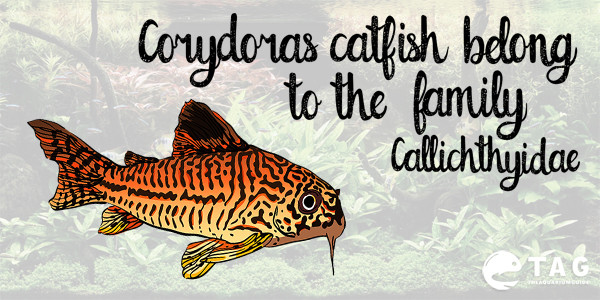
There are many different types of corydoras.
Some estimates point to more than 142 species around the world.
Additionally, many more variations (several hundred is a rough estimate) exist and are kept by aquarists.
However, great majorities of species are not scientifically classified.
Corydoras are community fish and they are not aggressive or territorial by any means.
They dwell at the bottom of the tank as they are bottom feeding scavengers.
They generally prefer warmer and soft water with slightly acidic pH levels.
However, the water temperature they thrive in varies greatly depending on which particular species is held.
Here are some of the more prominent types of corydoras:
Bronze Cory (Corydoras aeneus)
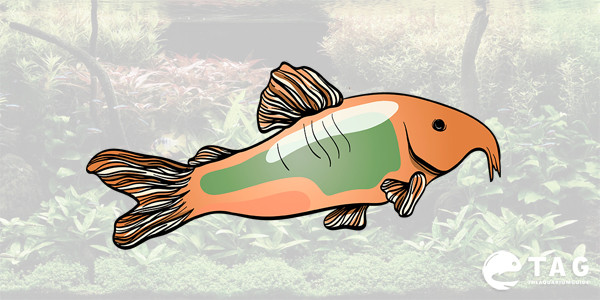
|
Scientific Name |
Corydoras aeneus |
|
Adult Size |
2.5 inches |
|
Lifespan |
5 years |
|
Minimum tank size |
10 gallon |
|
pH |
5.8 to 7.0 |
|
Hardness |
2-30 dGH |
|
Temperature |
72 to 79 degrees Fahrenheit |
|
Tankmates |
Peaceful schooling fish species |
Bronze cory is probably the most popular and most kept of all cory types.
It’s basically just one color (bronze) variation of the species known as the green cory.
They are small, lively, and peaceful whose native habitat is in the slow moving, muddy waters of South America.
In an aquarium environment, they reach a maximum of 3 inches.
The preferable water temperature for this type of Cory is anywhere between 72-79⁰ Fahrenheit and slightly acidic with pH ranging from 5.8 to 7.0.
Panda Cory (Corydoras panda)
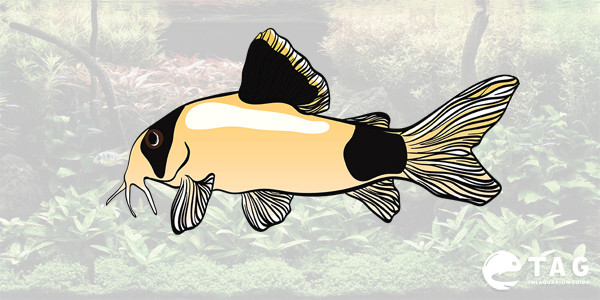
|
Scientific Name |
Corydoras panda |
|
Adult Size |
2 inches |
|
Lifespan |
10+ years |
|
Minimum tank size |
10 gallon |
|
pH |
6-7 |
|
Hardness |
2-12 dGH |
|
Temperature |
68-77 degrees Fahrenheit |
|
Tankmates |
Peaceful, schools |
Panda cory is another popular species from the corydoras genus.
They are native to parts of the Amazon in Peru and also found in Ecuador.
Their name comes from the black markings around their eyes and black spots located at the rear.
Being one of the smaller corydoras, they only grow 2 inches long in an aquarium environment.
They are highly social and often form tight schools with species of their own kind, but also with other bottom dwelling species.
Their ideal water temperature is from 68-77⁰ Fahrenheit.
The water pH they feel most comfortable is anywhere from 6.0 to 7.0.
Peppered Cory (Corydoras paleatus)
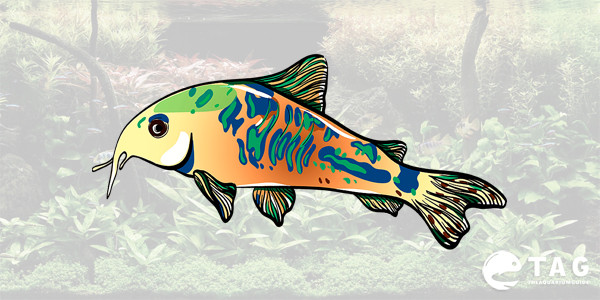
|
Scientific Name |
Corydoras paleatus |
|
Adult Size |
2.5 to 3 inches |
|
Lifespan |
5 years |
|
Minimum tank size |
15 gallon |
|
pH |
6-7 |
|
Hardness |
12 dGH |
|
Temperature |
72-78 degrees Fahrenheit |
|
Tankmates |
Peaceful, small fish |
Peppered cory was one of the first tank-bred cory species.
Almost all of the fish sold worldwide today are farm-raised.
Being peaceful scavengers, they are constantly swimming around the bottom of the aquarium in search for food.
They get along with virtually all other fish species, which makes them a perfect fit for community aquariums.
Their growth depends on the sex of the fish; male peppered cory can grow to 2.5 inches while females get a little longer – 3 inches at maximum.
The preferred temperature for this species is between 72-78⁰ Fahrenheit.
Water pH should be slightly acidic with pH values between 6.0 and 7.0.
Julii Cory (Corydoras julii)
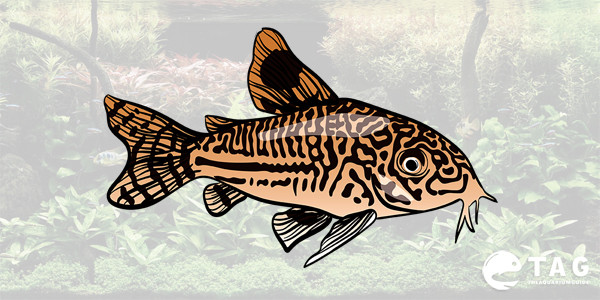
|
Scientific Name |
Corydoras julii |
|
Adult Size |
2.5 inches |
|
Lifespan |
5 years |
|
Minimum tank size |
10 gallon |
|
pH |
6.5 to 7.8 |
|
Hardness |
2-20 dGH |
|
Temperature |
73 to 79 degrees Fahrenheit |
|
Tankmates |
Peaceful, bottom dweller, schooling fish |
This species of Cory is native to the lower Amazon region, primarily in the rivers of Brazil.
They are often confused with their other relatives from the upper Amazon areas, the three stripe Cory; the main difference is Julii cory spots aren’t directly connected to each other, whereas the three stripe cory’s spots are more linear and are connected into larger chains.
Their body is somewhere between silver and gray while their spots are mostly black.
Just like all of their cousins, they are peaceful bottom dwelling scavengers.
A full-grown Julii Cory is about 2.5 inches long.
The temperature they thrive in is in the range of 73-79⁰ Fahrenheit.
They prefer a somewhat neutral pH between 6.5 and 7.8 should suit them just fine.
Pigmy Cory (Corydoras pygmaeus)
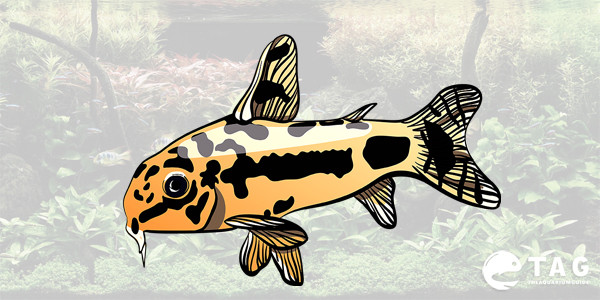
|
Scientific Name |
Corydoras pygmaeus |
|
Adult Size |
Up to 1 inch |
|
Lifespan |
3 years |
|
Minimum tank size |
10 gallon |
|
pH |
6-8 |
|
Hardness |
2-12 dGH |
|
Temperature |
72 to 79 degrees Fahrenheit |
|
Tankmates |
Peaceful |
This is one of the most unique Cory species around, being one of the smallest within the subfamily.
They only get to about 1 inch in size in an aquarium environment.
The other unique thing about them is their depth preference.
Unlike most other corydoras, they are mid-water swimmers as they do not dwell at the bottom of the tank.
Instead, they tend to rest on plants inside the aquarium.
The temperature that suits these miniature pets best is anywhere between 70-78⁰ Fahrenheit.
They prefer near-neutral water pH in range from 6.5 to 7.5.
Bandit Cory (Corydoras metae)
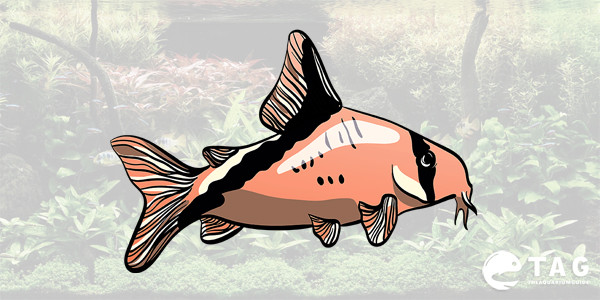
Bandit corydoras are one of the oldest species of corydoras kept in an aquarium, originally found in 1914.
They are named after the river Rio Meta in Columbia where they were first found.
They are called “bandit” because of the black spots around their eyes resembling the mask often worn by bandits.
In contrast to their name, they are peaceful, schooling species and only grow 2 inches long.
One thing to have in mind when keeping them is they are more sensitive to variations in water temperature.
Their ideal temperature is in range from 72-79⁰ Fahrenheit and they prefer slightly acidic to neutral water pH between 6.5 and 7.0.
Elegant Cory
|
Scientific Name |
Corydoras elegans |
|
Adult Size |
2.5 to 3 inches |
|
Lifespan |
5 years |
|
Minimum tank size |
15 gallon |
|
pH |
6-7 |
|
Hardness |
12 dGH |
|
Temperature |
72-78 degrees Fahrenheit |
|
Tankmates |
Peaceful, small fish |
If you need to get one type of Corydoras for your aquarium, it has to be the Elegant corys. They are easily accessible in the commercial market and for a very cheaper price point. They are amazing for community tanks, thanks to their peaceful nature.
The average-sized pepper cory can easily grow up to 2.5 inches, which is quite compatible for medium to large-sized tanks. They are native to the Amazon River basin. That said, this type of Corydoras is quite beastly for their feeding. They are omnivores and generally feed on various living, frozen foods and plants.
Besides flaked, pepper cory also relies heavily on sinking pellets since they are bottom feeders. As for their living conditions, they can pair well with small and peaceful fish species.
Skunk Cory
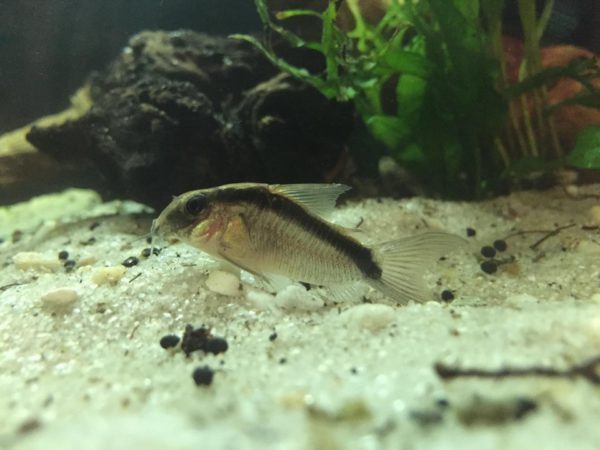
|
Scientific Name |
Corydoras arcuatas |
|
Adult Size |
2-3 inches |
|
Lifespan |
5 years |
|
Minimum tank size |
10-15 gallon |
|
pH |
6.8 to 7.5 |
|
Hardness |
2-25 dGH |
|
Temperature |
72 to 79 degrees Fahrenheit |
|
Tankmates |
Peaceful, small community fish species |
Although they do have a very unappealing name, Skunk cory is another popular type of Corydoras worth looking into. They are very sensitive and are not ideal for beginner aquarists. So, if you don’t have any pre-existing knowledge about catfish and Corydoras, you’d not be able to handle this variant.
The most crucial part about caring for Skunk corys is that they don’t respond well to heightened ammonia and nitrate levels in the water. So, if your water is dirty or hasn’t been cleaned for a longer period, you must do that without fail before housing a skunk cory. Also, they are not ideal for new aquarium tanks but work well in seasoned and mature fish tanks.
They are quite peaceful and feature a hardy armored appearance, making them ideal for community tanks. Like the pepper corys, even these grow up to 3 inches in the adult versions, so choosing their ideal tankmate is important. They are egg layers and will get along with almost every small and peaceful fish species.
Three Stripe Cory

|
Scientific Name |
Corydoras trilineatus |
|
Adult Size |
2.5 inches |
|
Lifespan |
10 years |
|
Minimum tank size |
10 gallon |
|
pH |
5.8 to 7.2 |
|
Hardness |
18 dGH |
|
Temperature |
72 to 78 degrees Fahrenheit |
|
Tankmates |
Peaceful, small schools |
The Three Stripe cory is one of the most common Corydoras, next to the Pepper corys. They are easily available in the markets and pet shops and are easy to care for. They are native to the Amazon River Basin in Brazil, hence like tropical weather conditions.
Besides their patterned appearance, they don’t grow very long and are generally 2.5 to 3 inches in adult size. This makes them ideal for community tanks that host small and peaceful community fish species.
They are commonly known as Leopard cory due to their appearance. Another amazing thing about these fish is that they are easy to breed and are bottom dwellers. This ensures that your substrate will stay clean without you having to spend an extra few hours scraping things down. Also, they are omnivores, which means that they can feed on insects, plants and just about anything that you give them. Just ensure that you feed them in moderation and don’t overdo things.
Agassizi Cory
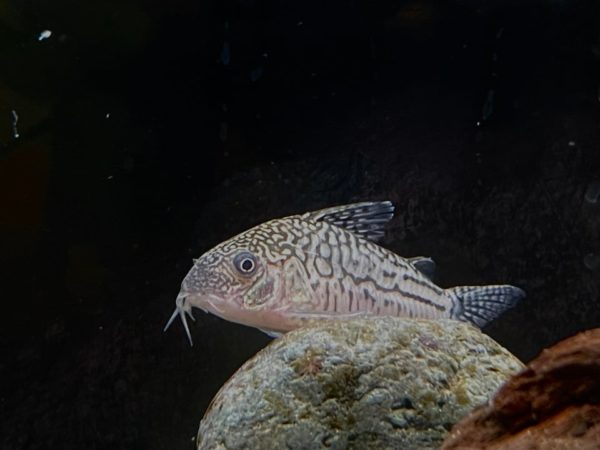
|
Scientific Name |
Corydoras agassizii |
|
Adult Size |
2.4 to 2.8 inches |
|
Lifespan |
3-5 years |
|
Minimum tank size |
10-15 gallon |
|
pH |
6-8 |
|
Hardness |
2-25 dGH |
|
Temperature |
72 to 78 degrees Fahrenheit |
|
Tankmates |
Peaceful, shoaling |
While highlighting the commonly available Corydoras, let us move ahead to the lesser-known variants. The Agassizi cory is one of them, and it features a stunning combination of silver and black patterns all over their body. The shiny, iridescent appearance makes this one stand out in the aquarium shops as you walk past them.
The good thing about this variety of cory is that they are hardy, small, and easy to care for. They are shoaling fish, so you need to keep them in groups. Also, avoid introducing them to brand new fish tanks. They don’t do well in those. Instead, wait for at least 1-2 months after bringing an aquarium tank before adding them in. They are quite easy to breed as well.
The Agassizi cory is an omnivore like most other Corydoras. However, they rely more on insects and live and frozen foods than plants. They do well with flakes and pellets too. They are bottom feeders and will graze through the substrate in search of the good.
Arched Corydoras
|
Scientific Name |
Corydoras arcuatus |
|
Adult Size |
2.5 inches |
|
Lifespan |
3-5 years |
|
Minimum tank size |
10 gallon |
|
pH |
6.2 to 7.2 |
|
Hardness |
2-12 KH |
|
Temperature |
68 to 77 degrees Fahrenheit |
|
Tankmates |
Peaceful, same species |
The arched Corydoras has to be one of the most attractive ones in the lot. The orange hue with the iridescent appearance makes this stand out from the lot. They are also quite hardy, with a stocky body that spruce up the aquarium you put them in. Besides the creamy white color, the fish has a thick black bar running down the eye, a distinctive feature.
The uniqueness of this fish is in that black bar around the eye. When they are stressed or afraid of their surroundings, the black bar disappears immediately. So, if you find that missing, the chances are that the fish is not in a good spot. The breeding process can be a little difficult with this species, but it shouldn’t be as complicated with the right parameters.
As for their diet, they heavily rely on live, frozen flakes and pellets. They don’t rely on vegetables or aquatic plants as much if they aren’t desperate for good. Also, they are quite peaceful in the tank you put them in, which is always a benefit.
FAQs
What is the best type of Corydoras?
If you are looking for corys that are easy to maintain and stand out with their appearance, too, Bronze cory is your best bet. They are also available in multiple colors and morphs, making them ideal for community tanks.
How many species of Corydora are there?
Up until now, around 161 species of Corydoras are available in the world. There could be more that haven’t been found or discovered yet.
Can I keep different types of corydoras together?
Yes, there are a few different varieties of Corydoras that are schooling and shoaling fish and like to stay in groups. Make sure you confirm their behavior and temperament while getting them.
What is the rarest Cory?
One of the rarest types of Corydoras is the Corydoras hastatus. They are a type of dwarf cory and have a beautiful bronze appearance.
Corys are a good choice
Whichever Cory from the wide variety of corydoras you choose, you will not make a mistake.
They are hardy, interesting, and beyond everything else – easy to keep.
These feats are among the main reasons these species are so popular, both with novice and experienced aquarists.
Good luck and happy fish keeping!
Do share with us pictures of your corydoras on our facebook page: The Aquarium Guide
No related posts.

1 thought on “Types of Corydoras: Complete List and Specifications”
I just wanted to thank you for all you guys do for home aquariums. I have just recently purchased my first Corydoras I’ve ever had. I have three bronze and three Paleatus in my 55 gallon freshwater aquarium that has been established for approximately fourteen years. I have twenty Cardinal Tetras and 6 Serpae Tetras, and everyone is getting along famously. Thanks again for all that you do. I cannot even begin to tell you how much I’ve learned from reading your questions/answers.